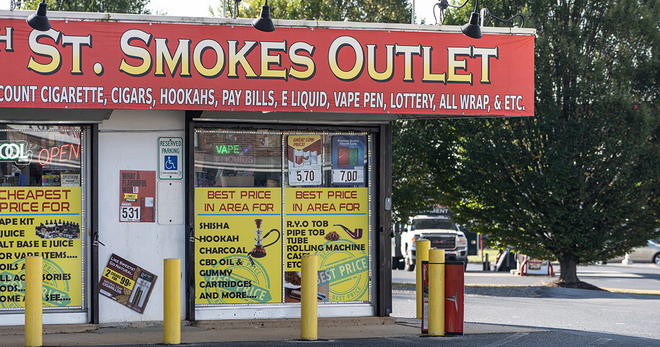E-cigarette industry spends millions on discounts and sampling, practices that help recruit young users
Offering sweet, fruity, and minty flavors and featuring young models in advertisements are not the only ways e-cigarette companies appeal to young people. Another major strategy is discounting and sampling, a practice that has been linked with youth uptake of tobacco products.
E-cigarette manufacturers have spent millions to discount their products, reaching a record $182.3 million in 2019, according to the latest Federal Trade Commission E-cigarette Report that covers sales and advertising for 2019 and 2020. Though price discounting declined slightly in 2020, it was the companies’ largest advertising expense both years.
Companies also more than doubled their spending on sampling in just two years, making it the companies’ second-largest 2020 advertising expense. In 2020, they spent $140.1 million to produce and distribute deeply discounted samples – up from $58.1 million spent in 2018. Though the Food and Drug Administration prohibits companies from giving away free samples of e-cigarettes to limit youth access, companies get around the rule with nearly free samples of $1 or less.
A recent Truth Initiative study published in Nicotine & Tobacco Research also underscores the dominance of discounts in tobacco advertising. In an analysis of a sample of tobacco product ads mailed between 2018 and 2020, almost all (96%) included price incentives like coupons and discount codes. Many also used subjects known to appeal to youth and young adults, populations who are sensitive to price increases. The subjects included young models and themes of rebellion, socializing, or a night out – which were present in 40% of ads across all products, including in 78% of ads promoting e-cigarettes and heated tobacco products.
Price incentives like discounts, coupons, and sampling can undercut the impact of excise taxes and other proven effective tobacco control measures that raise the cost of tobacco products, which previous research shows is one of the strongest deterrents to initiation and progression of tobacco use, particularly among price-sensitive groups. Restrictions on the use of coupons and other discount promotions are needed to protect the proven effectiveness of cost restrictions put in place to deter uptake of tobacco products.
More in tobacco industry marketing
Want support quitting? Join EX Program
By clicking JOIN, you agree to the Terms, Text Message Terms and Privacy Policy.
Msg&Data rates may apply; msgs are automated.



